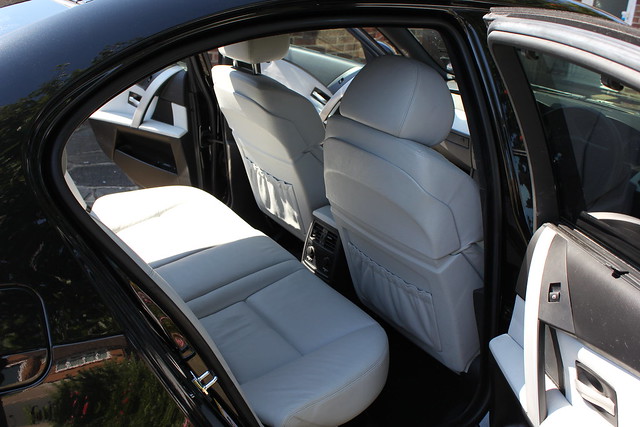Your car isn’t just another “Used Car.”
You’ve put a lot of love and care into keeping your car clean and maintained. It may have some cosmetic wear-and-tear, or a few stuck cheerios under the car seat – but it runs like a dream and never breaks down; which is why you’re looking for the highest offers. It’s worth more than what those “Instant Cash Offer” tools say it’s worth.
…But potential buyers don’t know that. (We can’t all be a Todd Hall.) All they see is another used car – and tend to assume the worst.
Used car buyers fear that even cars with tiny superficial flaws can have problems lurking under the hood – and will take huge chunks out of their offer if they suspect them.
By taking time to find and address any potential concerns before listing your vehicle, you can back up your highest offers with confidence, and weed out any lowball offers.
Inspect your used car in daylight and ideal conditions.
Take your time. Take the vehicle on a test drive and really put it through its paces.

1. Research problems specific to your car.
Assume your buyer has done their research on the car.
Your vehicle may have recalls, faulty parts, or known problems – and your buyer may leverage these problems against you. Learn what these problems are, and make sure your vehicle doesn’t suffer for them – or be prepared to fix them if it does.
2. Check the smell.
More than just unpleasant, detecting (and identifying) foul odors can be a diagnostic tool to learning just what might be wrong with a vehicle.
The smell of gas, electrical burning, or chemical odors may alert you to soon-to-be problems with a vehicle, but ANY odd smell may signal to potential buyers that your car isn’t a good choice.
3. Address rust.
Surface-level rust isn’t always a dealbreaker. Rust spots occur on any ding or scratch that exposes the base metal to the elements, and cosmetic wear-and-tear is common for used cars.
Structural rust, on the other hand, IS a deal breaker. The issue arises when corrosion eats down into the structure and underbody. Rust can weaken the structural components and significantly compromise the car’s ability to withstand an impact.
Superficial rust is an easy fix, but if your car has superficial rust, make sure to check for structural rust, too.
4. Fix warning lights.
Lights that indicate major problems are obviously… a major problem. But don’t brush off a “low tire pressure” or “check engine” light as easily just because they’re simple fixes.
To a buyer, if you couldn’t be bothered to fix the tire pressure before the showing, you could be just as careless about other aspects of the sale, too.
5. Know your history.
The more a car has been shuffled around, the more likely it is to have lost crucial papers or reports about accidents or documented problems. It’s important to show that, as long as your car has been in your care, it’s been well-maintained and documented.
6. Avoid verbal guarantees.
A handshake agreement may seem amicable to you, but shying away from paperwork may scare off a potential buyer. Always have your documentation on hand to prove to a buyer that you’re more than just talk.
Your car is worth more.
With a little extra work and documentation, you can find the buyer who’s willing to give your car the love it deserves.
Or, when you’re ready, give Todd a call.








